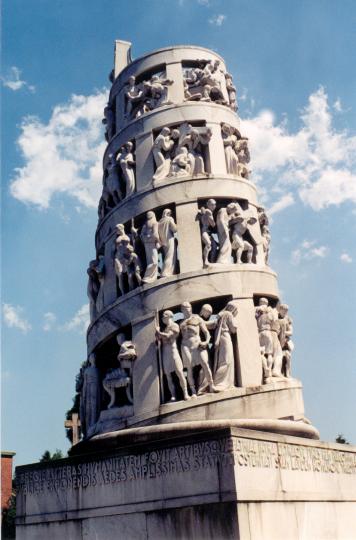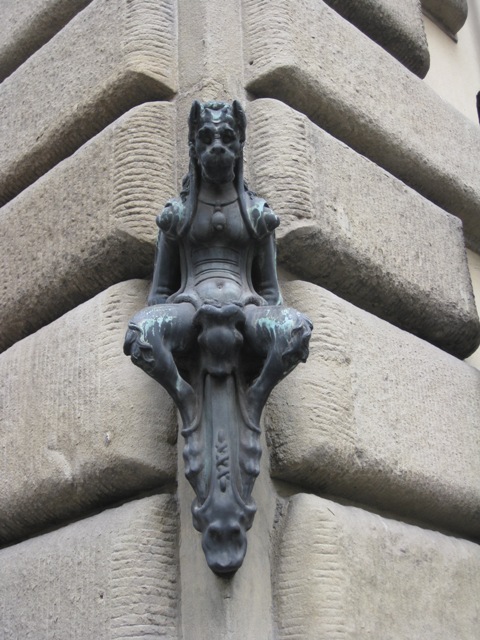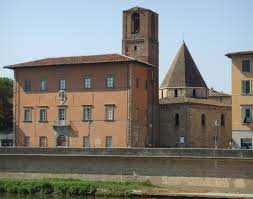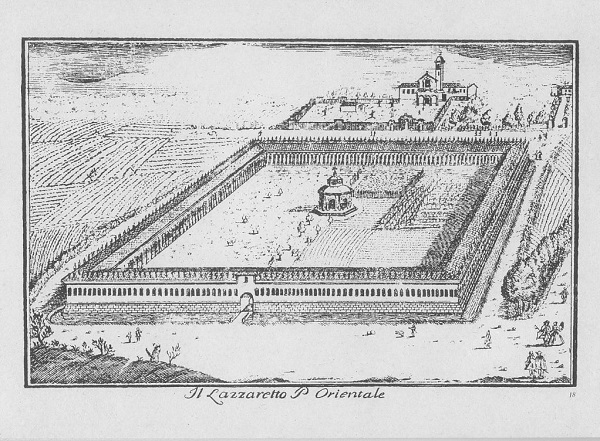![]()
In the Real Monasterio de la Encarnacíon, Madrid, there is a reliquary which it is alleged contains the blood of St Pantaleon,and once a year, on the 27th July, the blood liquifies, turning from a solid to a liquid state. The church itslef has never confirmed or denied this ‘miracle of St Pantaleon” but tradition has it that – just as with the blood of San Gennaro (St Januarius, patron saint of Naples) – the non-occurrence of the liquefaction is a sign of future catastrophe; for example, this is what happened in 1914 (before the First World War) amd om 1936 (before the Spanish Civil War).
But who was the St Pantaleon?
The life of Pantaleon – whose name means “resembling a lion in everything” – appears in the Acta Santorum [Acts of the Saints] written by eighteenth-century Belgian Jesuit Jean Bolland. He says that Pantaleon was born in the thrid century AD, son of Eustorgius and Eubula, in the city of Nicomedia (modern-day Izmit, Turkey). Like his father he was a physician, but he was also a philosopher known to the nobility and the royal court of Byzantium.
Pantaleon converted to his mother’s religion of Christianity but was imprisoned during the Diocletian persecution of the Church and was condemned to death. He was beheaded in public on 27th July 305. Tradition has it that the Christians of Nicomedia soaked up his blood with bits of cotton that they then kept in small glass phials, which were later distributed as veneration of the saint spread to Italy, France and Spain.
it is not known exactly how, but Pantaleon figures in the lineage of the first Christian initiates – the possessors of Gnostic wisdom. This wisdom is also known as “hermetic”, after the Greek god Hermes, and the Christian priest who is said to have initiated Pantaleon and his two disciples, Hermippes and Hermocrates, was actually called Hermolaüs. All four men were beheaded together but it is Pantaleon who has bound to an olive tree outside the city. He is also said to have made the swords of his executioners blush. When his head rolled to the ground, the blood that soaked into the olive tree is said to have made the tree flower and immediately produce fruit. Symbolically, that episode signifies the flourishing of the Pax Ecclesia (the olive tree being a symbol of peace) within the lands of Asia Minor as a result of St Pantaleon’s work in spreading the gospels and this death as a martyr.
The wisdom of the initiate Pantaleon is reflected in the prodigious feats he is said to have performed. First, he overcame a serpent [the symbolic guardian of secret knowledge] then he restored the sight of his blind father. He also suffered a sequence of different torments, which themselves denote a gradual initiation into higher knowledge. The presence of “three Hermes” – Hermippes, Hermocrates and Hermolaüs – within Pantaleon’s prison cell suggest a link with Hermes Trismegistus, confirming the illumination that the sage received after overcoming the difficult trials that he underwent before achieving the level of “master”.
The comes the final act in his martyrdom, with the saint tied to an olive tree – the religious plant par excellence in the Mediterranean region. There is also the fact that his blood makes the tree flower and bear fruit – that is, nurtures a renewal of faith – which is evidently a symbolic reference to Christ’s own sacrifice. It is also said that the “miraculous blood” of St Pantaleon links him directly with the Western tradition of the Holy Grail, which some argue contained Christ’s blood.
It is also interesting to note that the relic of St Pantaleon came from the Romanesque church of San Pantaleon in the Vale de Losa near Burgos in north-east Castille – known as the enclave of traditional magic. It is no coincidence that the names of various places nearby recall the word “grail”, a little to the north is the vilage of Criales [Griales or Grial in Castilian] and, close to the frontier with the Basque country, is Sierra Salvada, which clearly parallels the Montsalvat mentioned in the Grail poem Pazival by Wolfram von Eschenbach (c.1170-1220).
The reliquary itself initially belonged to the Vatican, but was presented by Pope Paul V to Juan de Zuñiga, Spanish viceroy in Naples, in 1661, who then gave it to the Church, when his own daughter Mariana de Jesus, became a nun at the convent there.
So next time you are in Madrid pay a visit to the Real Monasterio de La Encarnación. It is a beautiful church and, as with all beautiful things, the story behind it just adds something more poignant.
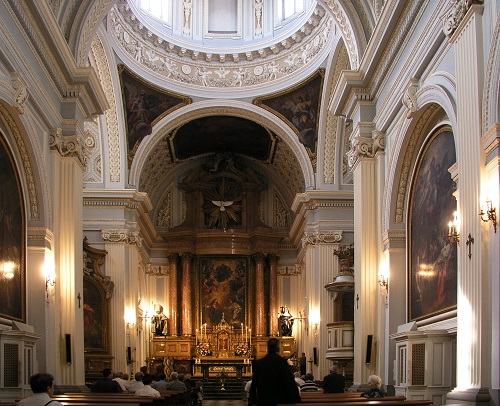
(Adapted in part from Secret Madrid by Verónica Ramírez Muro)

